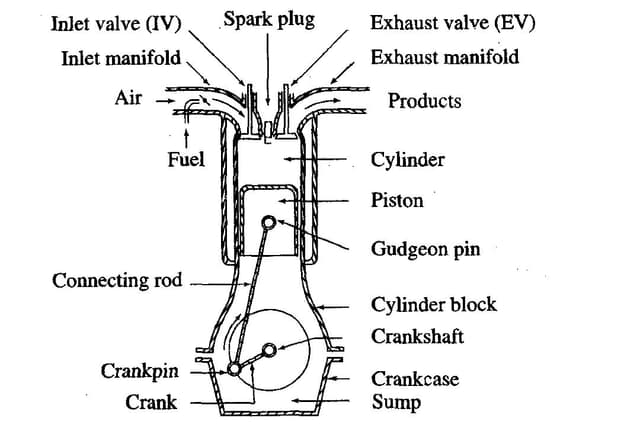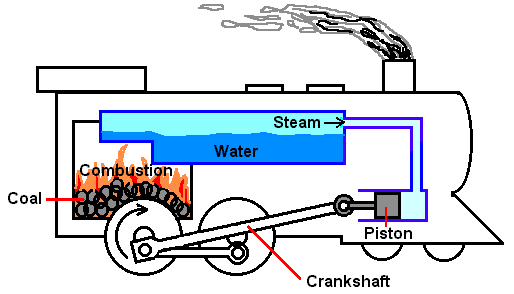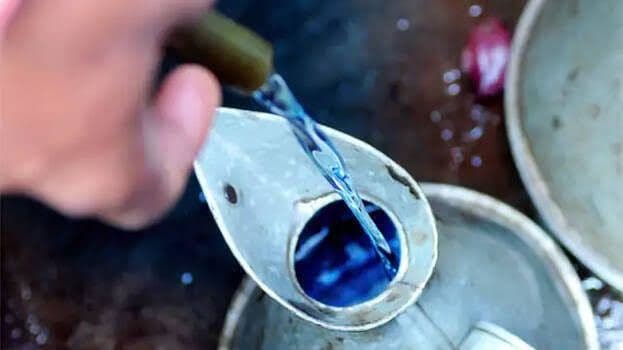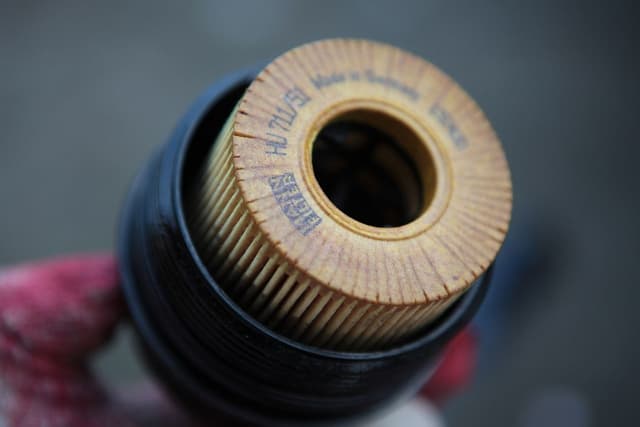Turbochargers
Turbochargers are designed to increase an engine's power by forcing more air into the combustion chamber.

Bablu Yadav
Posted in Automobile Engineering
.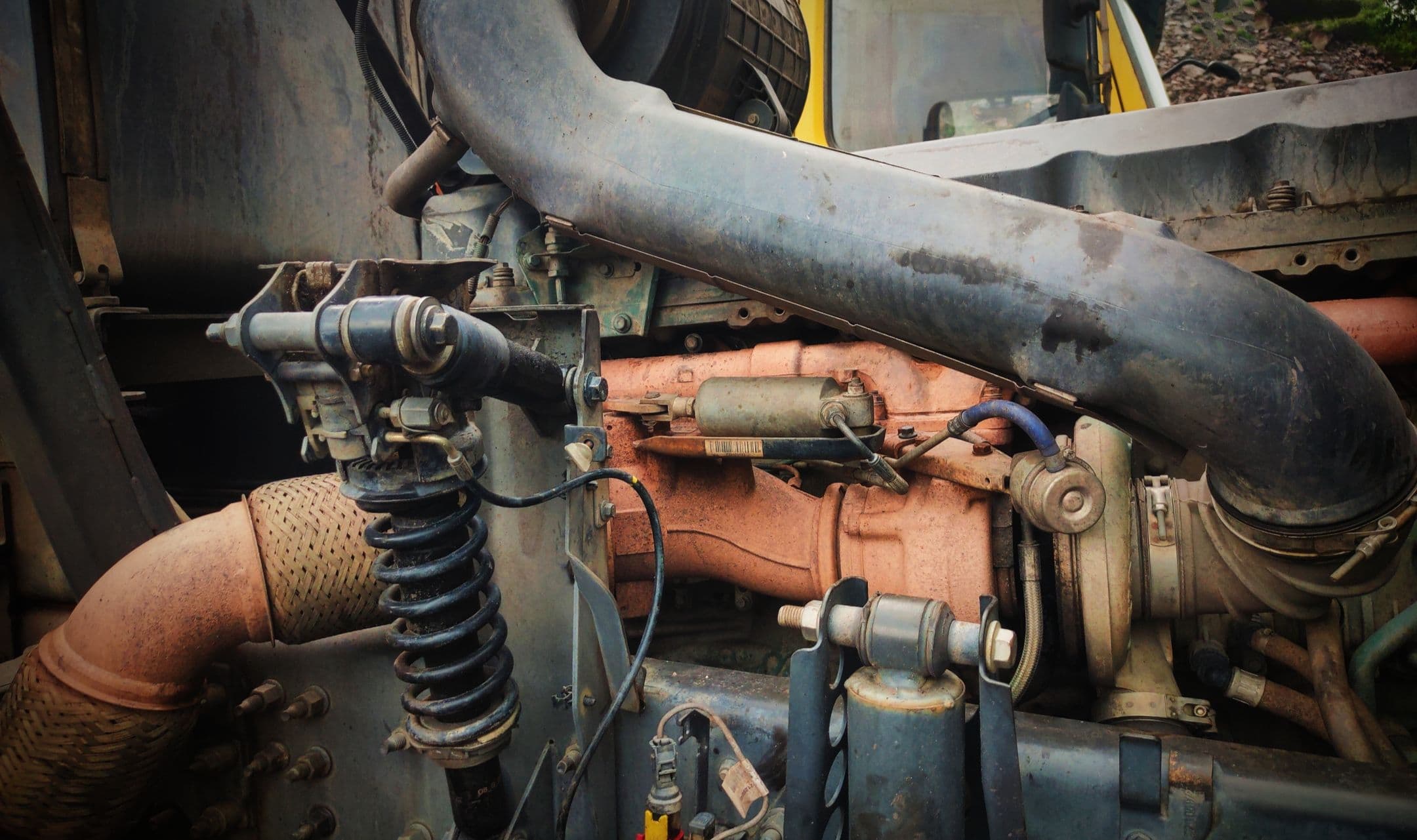
Introduction
Turbochargers now became a part of modern car engines or any other automotive by bringing improved performance and efficiency. You will see every vehicle from Sedans to Heavy duty truck offers turbo option. To fully know about their role and benefits in vehicle, it's important to understand that how a turbocharger works. In this blog post, we will explore the world of turbochargers, explaining their purpose, operation and advantages.
Working of Turbochargers
Turbochargers are designed to increase an engine's power by forcing more air into the combustion chamber. They consist of a turbine and a compressor connected by a shaft. As exhaust gases pass through the turbine, they spin the compressor, which compresses the incoming air before it enters the cylinders.
Clearing Misunderstanding
Turbocharging vs. supercharging -
Turbochargers are not as powerful as superchargers, but since they run on the recovered energy from the exhaust gases, they improved the engine's overall efficiency. Turbochargers and superchargers boost engine power differently. Turbochargers utilize exhaust gases, while superchargers are usually belt-driven by the engine itself.
Reducing turbo lag
In past, turbocharger had a delay in power delivery called "turbo lag". However, advancement in technology have significantly reduced the turbo lag, making it almost hardly noticeable in modern applications.
Why Turbochargers used
Power Boost:
Turbochargers increase power output by compressing the incoming air and allowing more fuel to be burned. This leads to better acceleration and higher top speeds.
Improved Efficiency:
Turbochargers maximize the use of exhaust gases, which would otherwise go to waste. By recycling this energy, turbochargers enhance engine efficiency and reducing fuel consumption. Turbocharging allows the auto manufacturer to practice in making a smaller engine over the larger once of same power generating and reducing emissions.Now automakers without any hesitation can downsize engines without sacrificing the power. Smaller turbocharged engines can match the power of larger naturally aspirated engines, while offering better fuel economy.
Environment Friendly:
A turbocharger also utilizes a wastegate of the engine that reduces the emission of exhaust gases into the environment.Turbochargers contribute to improved fuel efficiency, resulting in reduced CO2 emissions. Since the focus on environmental sustainability has grown , turbocharging plays a crucial role in achieving these goals.
Maintenance and Considerations
Proper maintenance of turbochargers includes using high-quality oil, allowing the engine to cool down after prolonged high-speed driving, and regularly inspecting the turbocharger for and kind of damage.
Conclusion
Turbochargers have revolutionized the automotive industry by providing increased power and efficiency in a compact package. With advancements in technology, turbo lag is now minimal. Understanding the purpose, benefits, and maintenance of turbochargers allows us to fully appreciate their contribution to unleashing the true potential of car engines. So, next time you experience a thrilling surge of power in a turbocharged vehicle, you'll know it's all thanks to the mighty turbocharger.

